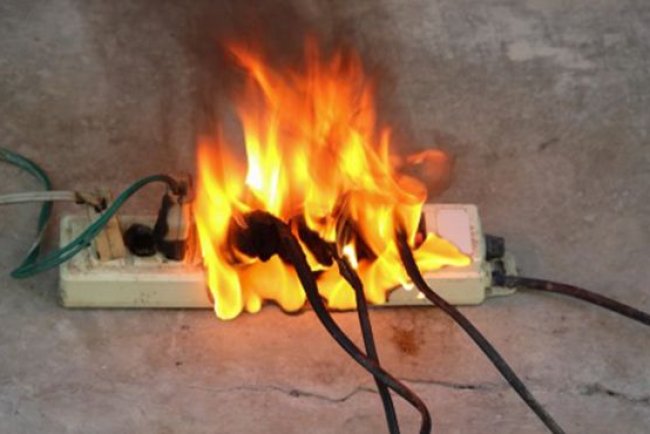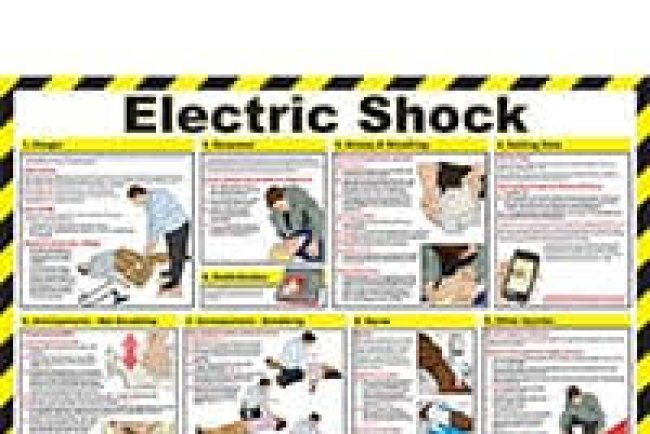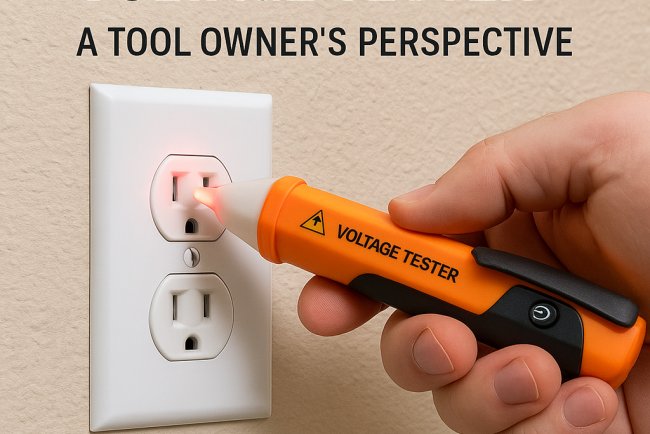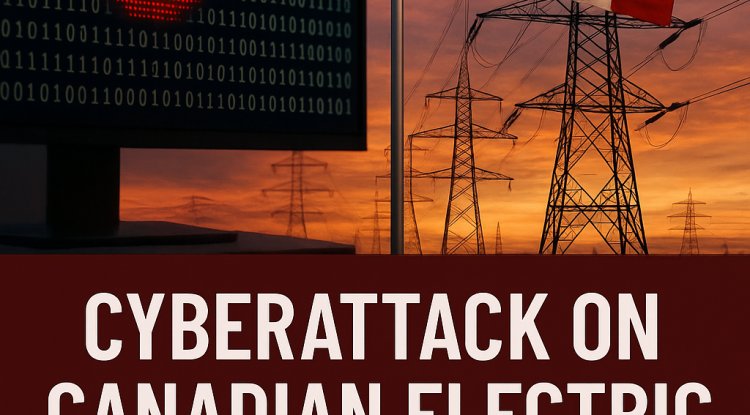How to Create a Home Electrical Emergency Plan
Stay safe and prepared with a home electrical emergency plan—learn key steps, tools, and safety tips to protect your family and property.
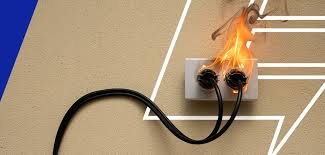
When it comes to home safety, electricity emergencies are most often overlooked until something goes wrong. Power failures, short circuits, electrical fires, or dropped lines can happen at any moment, and knowing how to react to them in a timely manner can rescue your home and loved ones. Uselectricaltools.com is not just here to provide the best tools—but we're here to help you stay safe and ready.
In this guide, we will take you through the key steps involved in developing a useful and workable residential electrical emergency plan.
Why You Need an Electrical Emergency Plan
Electrical hazard may be due to faulty wiring, overloaded circuits, adverse weather, or old electrical machinery.
Having a plan guarantees:
- Quicker, more secure response to electrical accidents.
- Fewer chances of damage, injury, or fire.
- A step-by-step action plan for every family member.
- Proper use of emergency electrical equipment and kits.
Preparation is a lifesaver. A good electrical emergency plan can save lives and minimize damage in case of an unplanned occurrence.
Step 1: Identify Common Electrical Hazards
- Start by checking your home for potential electrical dangers:
- Over-loaded power strips or power outlets
- Broken or frayed wires
- Appliances with exposed cords
- Water near electrical appliances
- Exposed outlets (especially in houses with children)
Check outlets and wiring condition using a circuit tester or volt detector (found at Uselectricaltools.com) and replace with a new outlet or repair any sign of wear, overheating, or instability immediately.
Step 2: Know Your Electrical Panel
Your breaker box (electric panel) is the nervous system of your home's electricity. Every member of your family should know that:
- Where the panel is located.
- How to turn off the main power.
- How to reset tripped breakers safely.
Identify each circuit so you don't get confused in an emergency. Use readable, plain labels and provide a printed circuit map if you prefer. If you don't know how to do this, have a licensed electrician do it.
Step 3: Assemble an Emergency Electrical Kit
Create an electric emergency kit. It must include:
- Flashlights and batteries (don't use candles for safety)
- Convenient phone chargers
- Battery radio
- Non-contact voltage tester
- Insulated gloves and electrical tape
- Portable power bank or generator for extended outages
- Surge protectors to minimize equipment damage
Have the kit readily available and check it every six months to replace dead batteries or expired materials. Most of these materials and tools can be bought on Uselectricaltools.com.
Step 4: Create a Family Action Plan All members of your household must be aware of how to react in the case of an electrical emergency. Your plan must:
- How to report an electrical fire or power outage
- How and when to turn off the power
- Evacuation routes in case of fire
- Important phone numbers (electrician, power company, emergency services)
- Meeting spot outside of the home
Practice drills in emergency situations every few months. This enhances confidence and prevents panic during an actual emergency.
Step 5: Install Protective Devices
Preventive actions can hinder electrical emergencies before they happen. Make sure your home has:
- Bathrooms, kitchen, and outdoor Ground Fault Circuit Interrupters (GFCIs).
- AFCIs (Arc Fault Circuit Interrupters) to prevent arc faults in cables.
- Electronic devices and appliances surge protectors.
- Smoke and carbon monoxide alarms with battery backup.
If you're installing or upgrading these devices, look in our store for high-quality, code-compliant devices.
Step 6: Know When to Call a Professional
Certain electrical issues are simply too hazardous to repair on your own. Call a qualified electrician if you observe:
- Repeating tripping breakers
- Glowing lights
- Burning smells around outlets
- Sparking or buzzing electrical panel
- Power loss that only impacts sections of your house
Attempting to repair these problems without the right knowledge can cause harm or more damage. Be on the safe side.
Final Tips for Electrical Safety
- Turn off unnecessary appliances to reduce phantom load and fire risk.
- Never use electrical appliances with wet hands or water nearby.
- Don't put flammable items close to heaters and plugs.
Educate kids about the dangers of electricity. Electric safety isn't a do-it-once-and-forget-about-it job—it's a continual process. By developing a smart emergency plan and having a plan in motion, you protect your home and loved ones from preventable accidents. Be Prepared with Uselectricaltools.com Whether you're shopping for voltage testers, surge protectors, or insulated tools, Uselectricaltools.com has what you need to fill your home electrical emergency kit. We're dedicated to making homeowners safe, informed, and prepared for whatever lies ahead. Come on in and take the first step towards a safer home.
